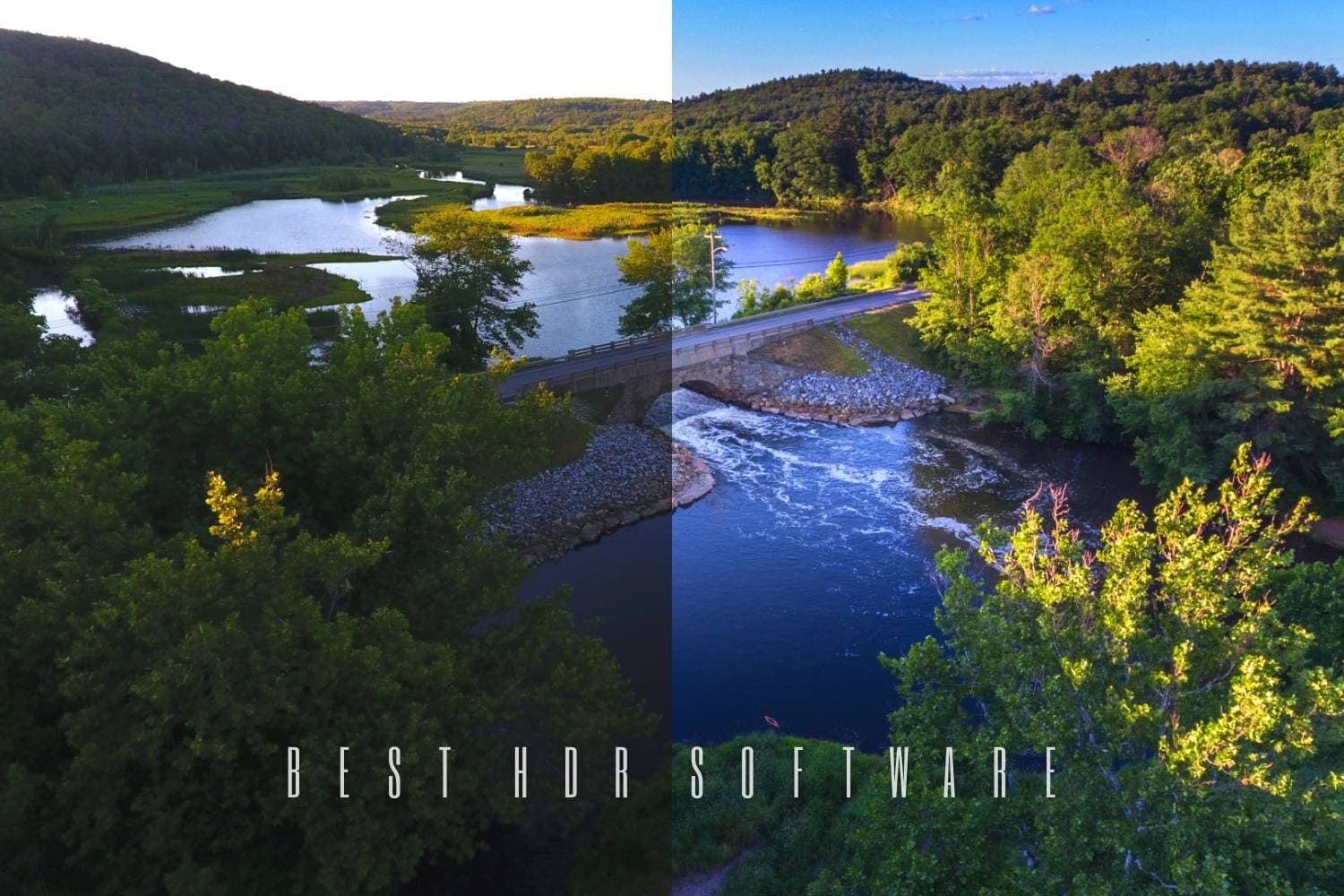

If you click on Develop, you enter the Photo persona. When you open a Raw file, it will open in the Develop persona. In the list of Persona icons at the top left, there is the (i) Photo persona (ii) Liquify persona (iii) Develop persona - shaped like a hexagon (iv) the Tone Mapping person - shaped like converging vertical bars and (v) the Export persona. You are looking at the tools from the TONE MAPPING persona. The tools you are looking at are NOT from the Develop persona. TONYGAMBLE!!! DON'T DELETE ANYTHING!!! (unless you already have.) I cannot believe that so many photographers using Affinity Photo can manage without the ability to get a true White Balance. You will see that even this cannot make the tiles white. Mindful of the earlier post that the WB does not correct the tint I moved it myself as far to the right as possible. My fourth and final screen shot shows what happens when I click on those white floor tiles. If I go back into Develop Persona (the one I am advised to use on the RAW image) my left hand stack of images now contains a White Balance icon. My second screen shot shows the list at the left - many more icons. I clicked Apply at the top left and it took me into what Photo Persona. In the first you will see that in Develop Persona the left hand stack of icons does not contain the White Balance. I am working in Develop Persona on a RAW image not a JPG. Since you’re using the White Balance panel, you must be in the Photo persona, " You say " First, it’s not entirely fair to compare white balance correction performed on a Raw file to that performed on a JPG image. Although I love working in Affinity Photo, and would love to have a one-size-fits-all solution, for the time being I will continue to rely on DxO for my Raw files, and that includes using it for the bulk of my White Balance correction. I got very similar results to you when I opened the downloaded JPG from your first post in DxO (without any other changes applied). I routinely use DxO PhotoLab on my Raw files, export them as 16 bit TIFF files, and finish them in AP. That having been said, and despite the fact that I consider myself an Affinity Photo “fanboy,” I am NOT a fan of its Raw file processing. You might want to compare results from running a Raw file through DxO to the same results brought into Affinity’s Develop persona, where you can apply its White Balance tool. This may be addressed in the future, but don’t hold your breath since it might be a long time. The White Balance panel in Affinity Photo is known to leave the Tint slider un-adjusted. This may be why the SNS-HDR version looks like it is Levels-adjusted. Second, comparing Affinity Photo to an HDR processing application may suffer since HDR processing implies tone compression, local contrast introduction, and a host of other changes that go beyond simple color correction. We simply don’t have the same latitude after Raw development that we have beforehand. Since you’re using the White Balance panel, you must be in the Photo persona, which implies you’ve moved beyond Raw processing. There are, I think, a couple of “comparing apples to oranges” issues here.įirst, it’s not entirely fair to compare white balance correction performed on a Raw file to that performed on a JPG image. My second example (above) could probably use a Levels adjustment, especially one which darkens up the Gamma (midtones). Ps - your second example (from SNS-HDR) also looks like it's had a Levels adjustment applied, and this may well be a function of the HDR nature of that program. The result obtained by adding Magenta is much closer to what you are probably expecting. I downloaded your image and adjusted the White Balance only, and then added the Tint slider. Your remaining yellow tint might actually be more of a green tint, and might be very correctable by manually adjusting the Tint slider. It does not adjust the Tint slider (the Green-Magenta axis). However (and this is a substantial "however") the picker in the White Balance panel only sets the correct value on the Blue-Yellow axis. The idea of the "picker" is to click on something that should be grey, but isn't.Ģ) You might be using the White Balance tool correctly (by clicking the "picker" on the white tiles). If you're putting an already-grey line on the canvas, and using that as a target for the White Balance picker, you already know the line is grey and this should result in no actual change.

1) I have a hard time believing that DaveHill's method could possibly work.


 0 kommentar(er)
0 kommentar(er)
